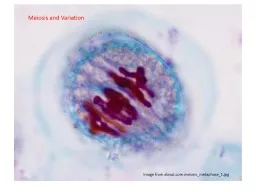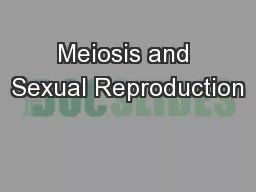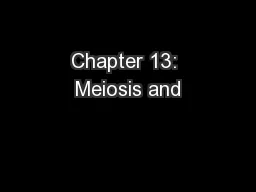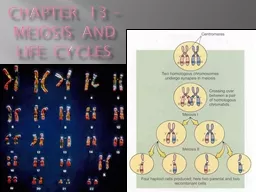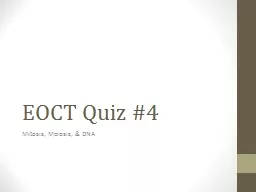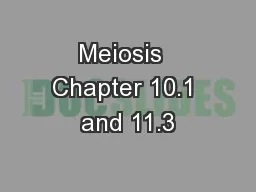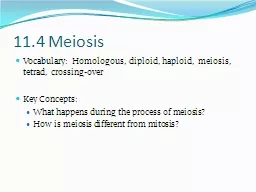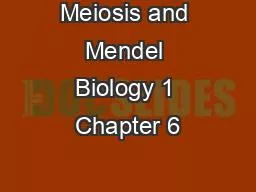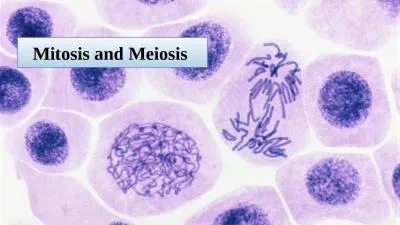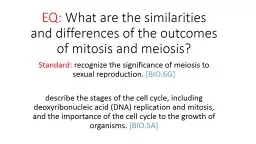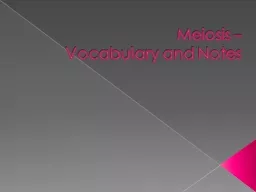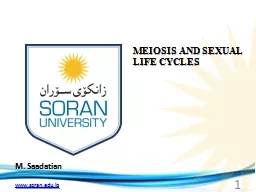PPT-Meiosis and Variation
Author : trish-goza | Published Date : 2017-06-08
Image from aboutcom meiosismetaphase1jpg Mutations changes in an organisms DNA are the original source of all genetic variation Mutations create different versions
Presentation Embed Code
Download Presentation
Download Presentation The PPT/PDF document "Meiosis and Variation" is the property of its rightful owner. Permission is granted to download and print the materials on this website for personal, non-commercial use only, and to display it on your personal computer provided you do not modify the materials and that you retain all copyright notices contained in the materials. By downloading content from our website, you accept the terms of this agreement.
Meiosis and Variation: Transcript
Download Rules Of Document
"Meiosis and Variation"The content belongs to its owner. You may download and print it for personal use, without modification, and keep all copyright notices. By downloading, you agree to these terms.
Related Documents

